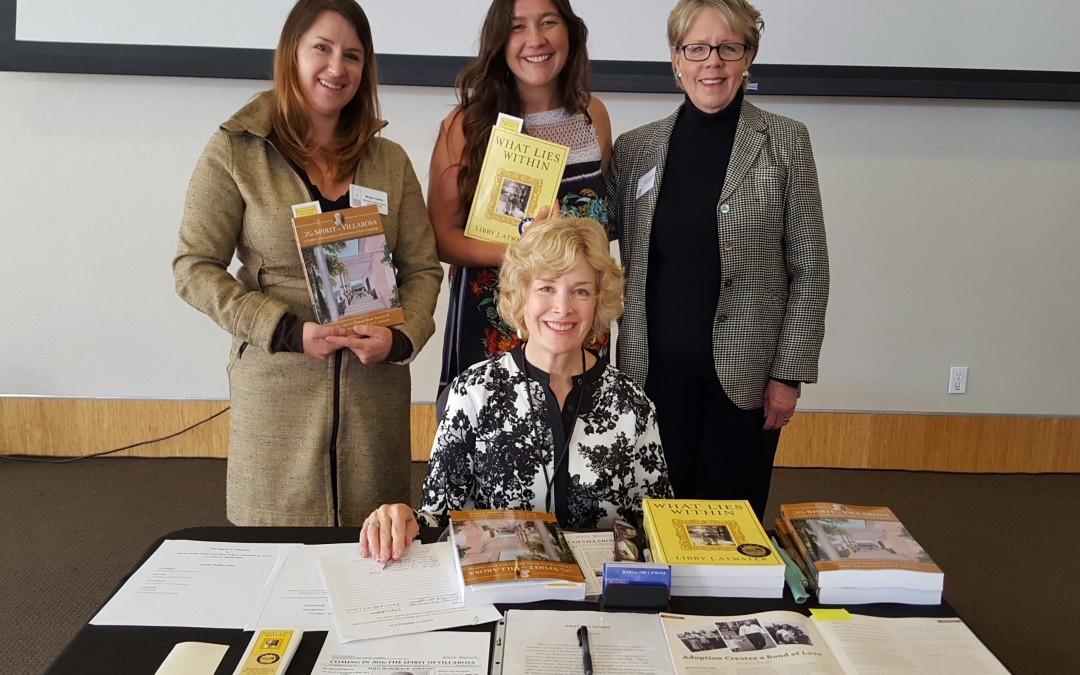American writer Willa Cather said, “The history of every country begins in the heart of a man or a woman.” That is why each person’s life story contributes to history as a whole.
For nearly four years I chaired the Oral History Program at the Museum of Ventura County, and my mission was to capture the stories of individuals who had made a significant difference in the county. I recruited many volunteers to help me, and together we gathered stories.
On Monday, April 11, 2016, I spoke to the Docent Volunteer Council of the museum about how history is comprised of a many stories describing a particular time or place. Some cover entire lives and are biographies, while others capture periods in people’s lives and are called memoirs.
In my talk I discussed how my first memoir, What Lies Within, captures my youth during the 1950s and 1960s. It also conveys a period when people had brighter outlooks after a Depression and two world wars, yet the Cold War kept them on high alert and communism became the feared enemy. The Civil Rights Movement blossomed in the sixties, when I grew more aware of racial strife. Until then, I had no idea that people of color were treated differently than the people my parents knew growing up and in their business. We mingled freely. People who have read my book recall many events described in my memoir and relate to them. Lately, a younger audience has taken notice and gained more knowledge of social history. Please visit www.libbyatwaterbooks.com to learn more about this book.
A new book, which I coauthored with Marc Ashton and his late father, Horace Dade Ashton, combines memoir and biography. It tells of Marc’s kidnapping on April 5, 2001, near his home in Port-au-Prince, Haiti, interspersed with the story of his father’s life. Horace Dade Ashton photographed the Wright brothers’ first flight, traveled with Presidents Theodore Roosevelt and William Howard Taft as their photographer, and documented the 1906 San Francisco earthquake. Dubbed the “original Indiana Jones,” Ashton shared his journeys through his countless lectures, films, prize-winning photographs, and writing. In 1940, Horace Ashton became the cultural attaché to the U.S. embassy in Haiti and moved his young family to the island. He purchased Villarosa in 1953 and turned it into a magnificent family home.
Marc Ashton remained in Haiti to care for his ageing parents after his father retired. He conceived several successful businesses that employed thousands of Haitians, married, had a family, and gave back to his community. This father-son tale can be viewed as a thriller contained in an historical adventure. Visit www.thespiritofvillarosa.com to learn more about this amazing true story and purchase the book.

